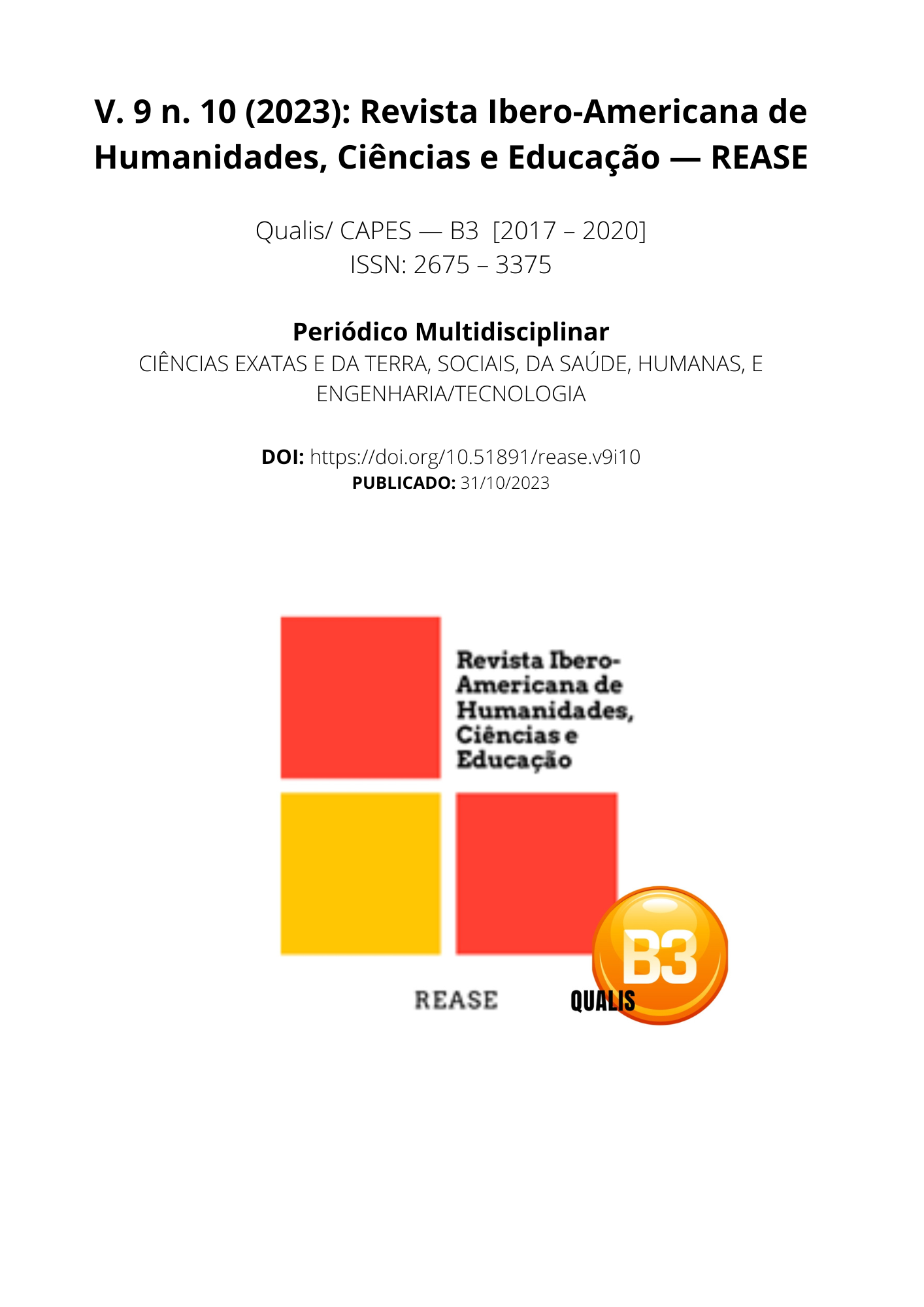APPLICATION OF KINESIO TAPE AS A THERAPEUTIC RESOURCE FOR RELIEF OF LOW BACK PAIN IN PREGNANT WOMEN: AN INTEGRATIVE REVIEW
DOI:
https://doi.org/10.51891/rease.v9i10.12317Keywords:
Pregnant women. Low back pain. Kinesio Taping.Abstract
This is an integrative review of the literature whose general objective was a review to report the benefits generated by the application of kinesio tape in pregnant women with low back pain. With the specific objectives divided into: analyzing and reporting the aspects that help to alleviate low back pain in pregnant women, finding out which mechanisms affect the improvement of walking and exposing the factors that make kinesio tape reduce the overload in the low back and pelvic region of pregnant women. A bibliographical search was carried out from August to November 2023. The following databases were used: PubMed, Scielo, VHL and PEDro; using the descriptors “Low Back Pain”, “Kinesio Tape”, “Pregnancy”, “Therapeutics” and their correlates in Portuguese. After applying the inclusion and exclusion criteria, they were included four articles in the study. From the results found in this research, it is concluded that kinesio tape is an effective therapeutic resource for relieving low back pain in pregnant women. Nonetheless, no longterm therapeutic effects were observed. New studies in the area are recommended to support the clinical practice of physiotherapists.
Downloads
Downloads
Published
How to Cite
Issue
Section
Categories
License
Atribuição CC BY

